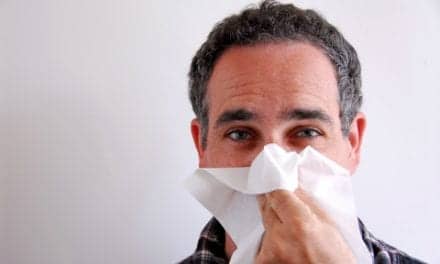Researchers swabbed a newly opened hospital to determine how bacterial communities spread and change, reports Medscape.
Patients initially acquired new bacterial strains that were present in their room before their arrival. But over time, the microbial communities on surfaces in the patient’s room, particularly the bedrails, became more similar to the patient’s own flora. Surprisingly, treatments such as chemotherapy, antibiotics, or surgery had only a weak or statistically insignificant effect on patients’ skin microbiota. But how much patients were able to get around did affect the mix of their skin microbes, likely because more mobile patients were exposed to a broader array of bacteria.
Hospital surfaces were more likely to be home to antibiotic-resistant bacteria than patients’ skin. In addition, nurses were more likely to pass bacteria strains from their own skin to their patients than vice versa.
Read the rest at www.medscape.com










